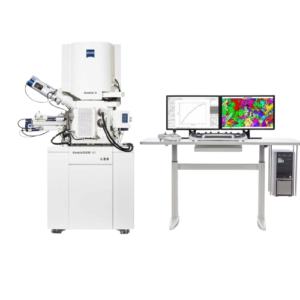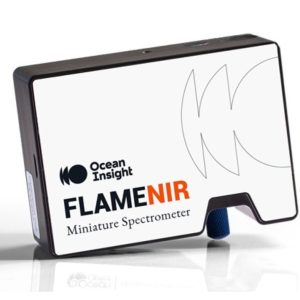Description
A spray dryer is a widely used industrial and laboratory equipment designed to convert a liquid or slurry into a dry powder by rapidly drying it with a hot gas, typically air. This method of drying is highly efficient, preserves product quality, and is ideal for heat-sensitive materials. Spray drying is commonly used in the food, pharmaceutical, chemical, and materials industries.
—
Principle of Operation:
Spray drying works on the principle of atomizing a liquid feed into fine droplets and exposing them to a stream of hot air or gas. As the droplets come in contact with the hot air, moisture rapidly evaporates, leaving behind solid dry particles, which are collected as powder.
The process occurs in three basic stages:
1. Atomization:
The liquid feed (solution, suspension, or emulsion) is broken down into tiny droplets using an atomizer. Common types of atomizers include:
Rotary disk atomizers
Nozzle atomizers (pressure or two-fluid types)
Ultrasonic atomizers
2. Drying:
The droplets are introduced into a drying chamber where they mix with hot air (usually between 150–300°C depending on the product). Water or solvent evaporates almost instantly due to the large surface area of the droplets.
3. Collection:
The dried particles are separated from the exhaust air using cyclones, bag filters, or electrostatic precipitators. The fine powder is then collected at the bottom of the chamber or in a separate collector.
—
Components of a Spray Dryer:
Feed Tank and Pump: Stores and delivers the liquid feed to the atomizer.
Atomizer: Converts the liquid into fine droplets.
Drying Chamber: Large insulated chamber where drying occurs.
Heater: Heats the air or inert gas to the desired drying temperature.
Air Disperser: Evenly distributes the hot air into the chamber.
Cyclone Separator/Collector: Collects the dry powder from the air stream.
Exhaust Fan: Removes moist air and maintains airflow.
—
Applications:
Pharmaceuticals: Drying heat-sensitive drugs, enzymes, and vaccines into stable powder forms.
Food Industry: Production of milk powder, coffee, egg powder, flavors, and nutritional supplements.
Chemicals: Manufacture of catalysts, detergents, pigments, and polymers.
Ceramics and Materials Science: Producing fine powders for advanced ceramics and metallurgy.
Cosmetics: Creating fine powders for formulations.
—
Advantages:
Fast and continuous process suitable for large-scale production.
Produces powders with uniform particle size and good flow properties.
Ideal for drying heat-sensitive and oxygen-sensitive materials.
Allows encapsulation of flavors, oils, and active ingredients.
Offers good control over moisture content and particle morphology.
—
Limitations:
High energy consumption due to heating requirements.
Equipment can be expensive, especially for sterile or GMP-compliant systems.
Not ideal for materials that are highly viscous or prone to clogging.
Some product loss may occur due to powder adherence to chamber walls.
Fine powder may require further processing (e.g., agglomeration) depending on end-use.
—
Recent Developments:
Modern spray dryers feature:
Closed-loop systems for organic solvent drying.
Nano spray dryers for producing ultrafine powders and nanoparticles.
Automated controls for precise parameter regulation.
CIP (Clean-in-Place) systems for easy cleaning and contamination control.
Advanced designs for increased yield and reduced energy consumption.
—
In summary, the spray dryer is a versatile and essential tool in many industries, enabling the production of dry powders from liquid materials with controlled properties, rapid processing, and high product stability.






Reviews
There are no reviews yet.